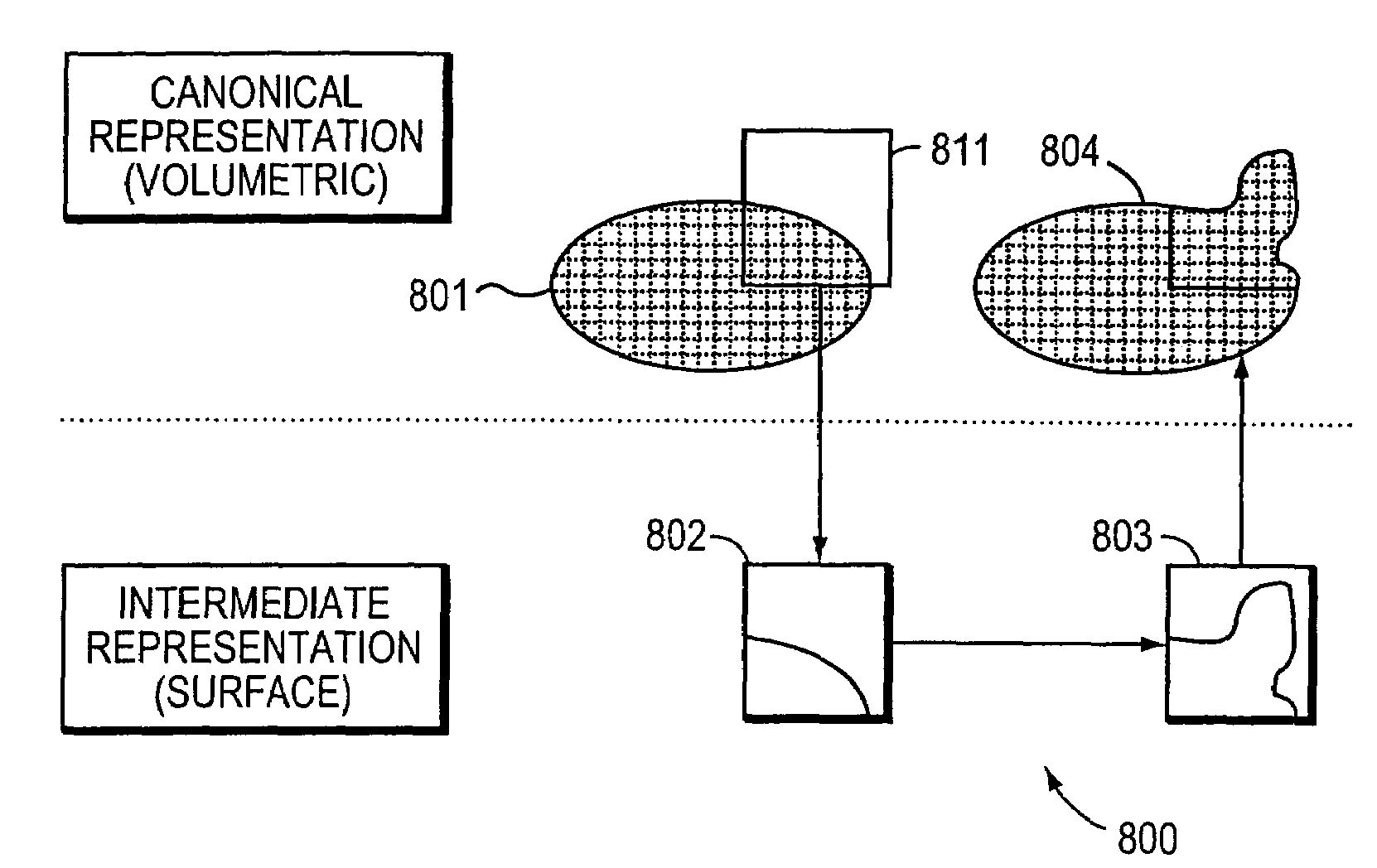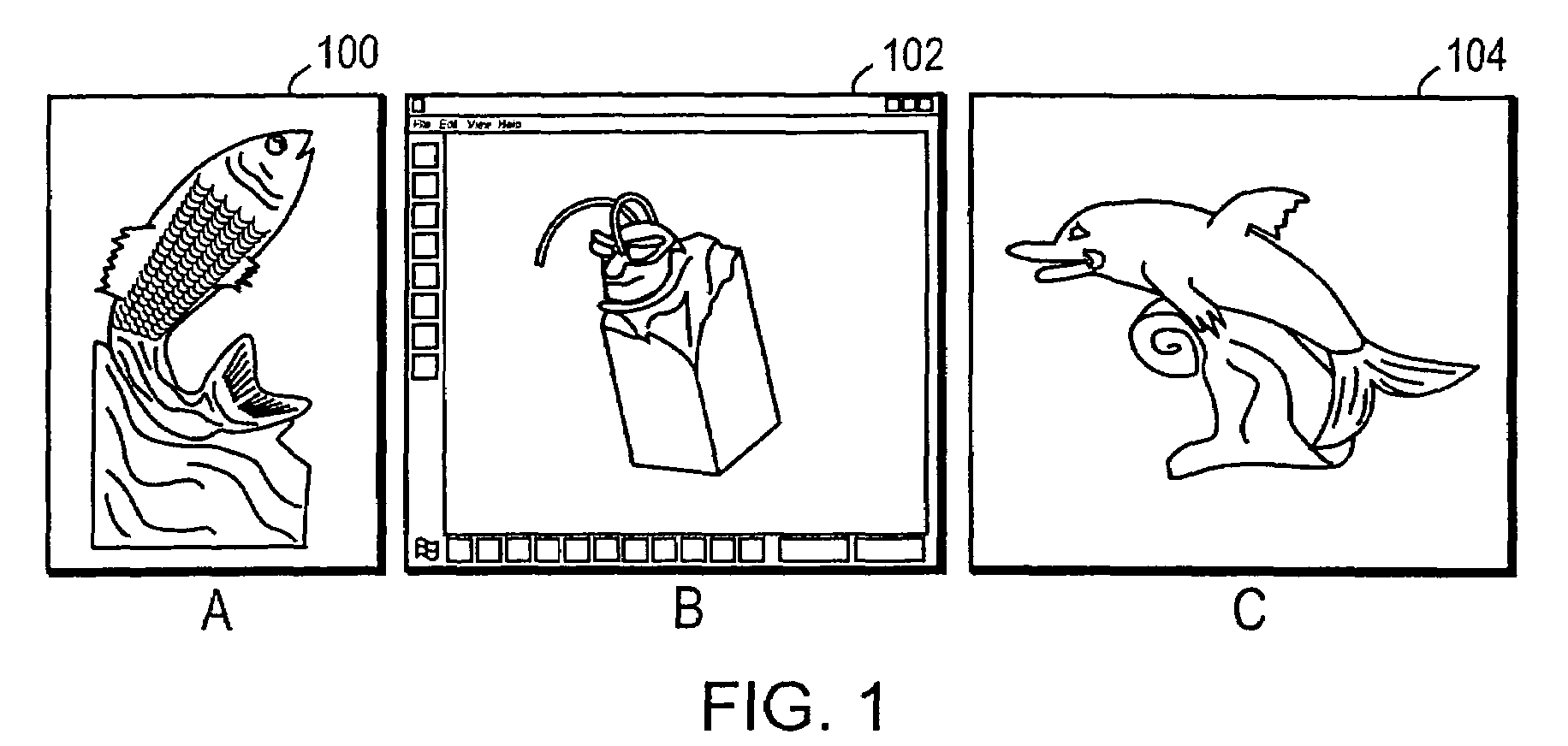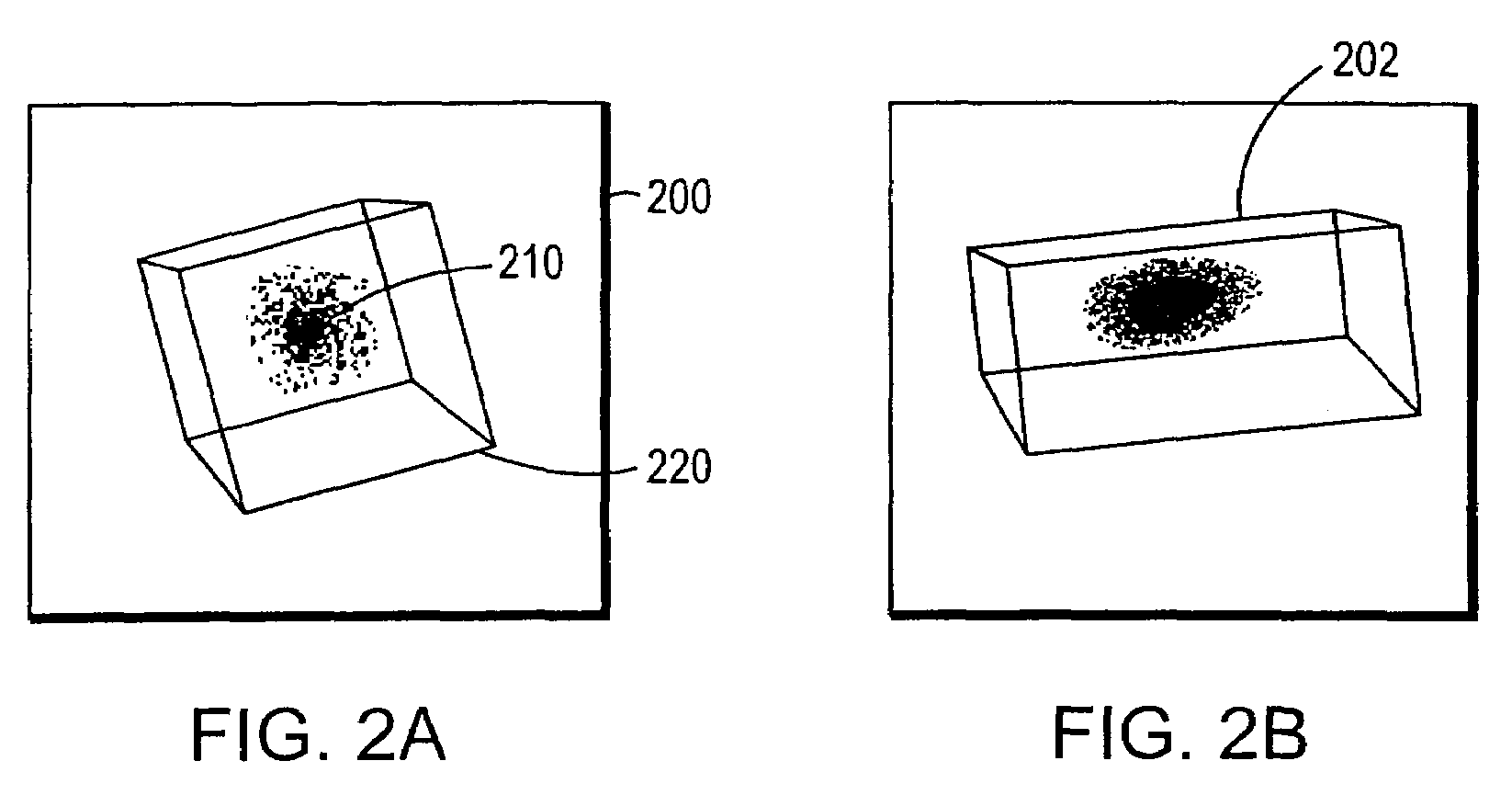Systems and methods for three-dimensional modeling
a three-dimensional space and object technology, applied in the field of three-dimensional space modeling methods and systems, can solve the problems of difficult operation, limited modeling capabilities of end users, and limited editing performed on a primary geometry representation, and achieve the effect of high flexibility
- Summary
- Abstract
- Description
- Claims
- Application Information
AI Technical Summary
Benefits of technology
Problems solved by technology
Method used
Image
Examples
Embodiment Construction
[0053]The invention is described with respect to an illustrative embodiment. However, it will be recognized that many alternative embodiments are possible. The illustrative embodiment involves editing a volumetric model by means of an intermediate surface representation. The methods of the invention allow more flexible interactive editing of such volumetric models by supporting a wider range of standard operations, without compromising the strengths of a volumetric representation. One exemplary method consists of extracting a portion of the canonical volumetric representation into a surface representation, iteratively modifying the surface representation via a combination of mathematical and user-derived inputs, then merging the modified surface portion back into the volumetric model.
[0054]The methods and systems of the invention are conveniently carried out on computer systems such as are described in U.S. Pat. No. 6,084,587, issued to Tarr et al. on Jul. 4, 2000, and U.S. Pat. No....
PUM
 Login to View More
Login to View More Abstract
Description
Claims
Application Information
 Login to View More
Login to View More - R&D
- Intellectual Property
- Life Sciences
- Materials
- Tech Scout
- Unparalleled Data Quality
- Higher Quality Content
- 60% Fewer Hallucinations
Browse by: Latest US Patents, China's latest patents, Technical Efficacy Thesaurus, Application Domain, Technology Topic, Popular Technical Reports.
© 2025 PatSnap. All rights reserved.Legal|Privacy policy|Modern Slavery Act Transparency Statement|Sitemap|About US| Contact US: help@patsnap.com



